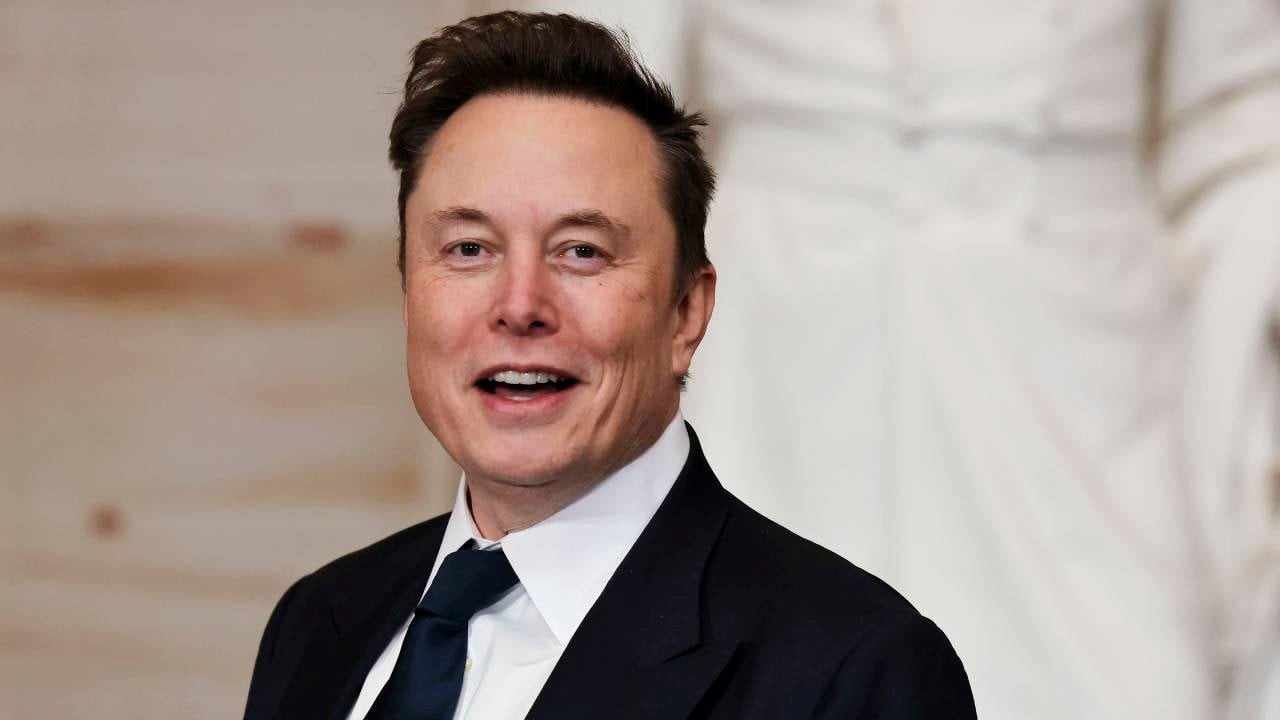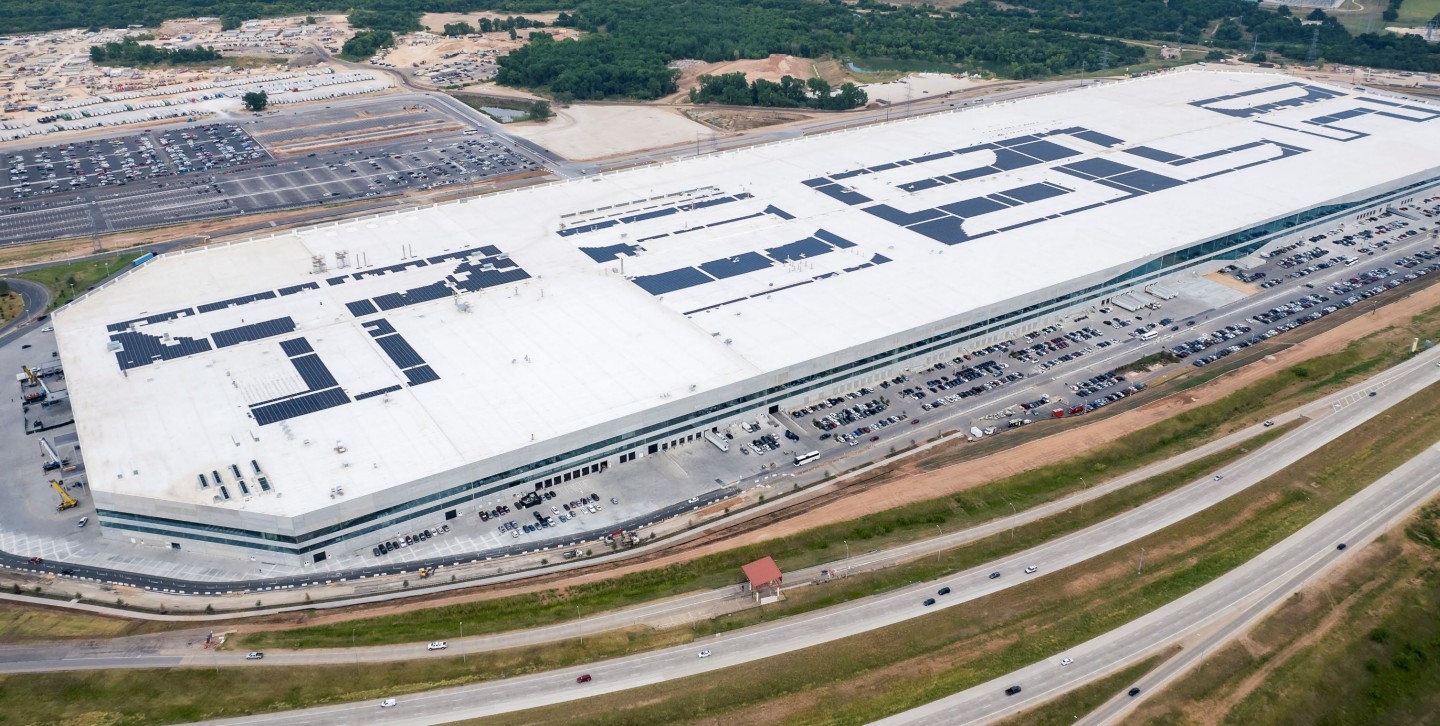While protests rage nationwide against President Donald Trump and billionaire Elon Musk for reshaping the U.S. government, Musk remains focused on his own revolutionary blueprint—one that has little to do with Washington and everything to do with Texas. The Tesla and SpaceX CEO is pouring $10 billion into a vision so grand it blurs the line between industry and utopia.
His goal? To create a sprawling, futuristic “paradise” in the heart of Texas, and with it, secure a new center of influence all his own.
At the core of Musk’s empire-building is Giga Texas, Tesla’s colossal 3.3-square-mile factory on the outskirts of Austin. But for Musk, Giga Texas is only the beginning. According to reports filed with Travis County’s economic development program, he plans to transform nearly 3.78 miles of the Colorado River in East Austin into an “ecological paradise.”
This is no small public park. The proposal outlines a complete overhaul of the riverfront area with walking and biking trails, picnic grounds, fishing and birdwatching zones, sports fields, and even a Tesla exhibition hub designed to showcase the company’s electric dreams.

Strategically located near Austin-Bergstrom International Airport, this eco-sanctuary would not just serve as a community destination — it would stand as a shimmering monument to Musk’s philosophy: that business, innovation, and nature don’t have to be at odds. In fact, in Musk’s hands, they can be masterfully intertwined into a living, breathing statement of power.
But Musk’s reach extends far beyond Austin. About 30 miles east, the town of Bastrop is becoming another focal point of his Texas takeover. Bastrop is now home to not one but three of Musk’s ventures: The Boring Company, SpaceX operations, and most recently, X (formerly Twitter), which Musk announced he would be moving there.
And the ambitions don’t stop at tech. Musk is also planting roots in the community with the launch of a Montessori school in Bastrop County, signaling a deeper social investment aimed at shaping not just economies, but minds.
From factories to schools, Musk’s plans seem to whisper of something greater — a corporate state where infrastructure, employment, and even education are harmonized under one unified vision. His vision.

And then there’s Starbase — Musk’s most audacious Texas experiment. Nestled in Cameron County, Starbase is Musk’s dream of an entirely new city, built from the ground up around the launchpads of SpaceX. The South Texas coast has already witnessed nine Starship launches in 2024 and multiple more are expected.
Yet, Musk envisions something bigger: a fully operational city where innovation is the law, rockets are the skyline, and space travel is just another local industry.
Opposition from local residents has been vocal, with concerns over environmental damage and community disruption. But Musk has never been one to step back in the face of resistance. To him, Starbase is not just about rockets — it’s about rewriting the rules of urban life. It’s about proving that with enough vision (and money), a man can build a city from scratch.
Further west, in Waller County, Musk’s grip tightens yet again. In Brookshire, Tesla is preparing to build a new facility for its powerful “Megapacks” — massive energy storage units that could reshape how electricity is distributed across entire regions. The county’s approval of a major tax abatement deal greenlit a $44 million investment into the factory and an installation of around $150 million worth of equipment.
This is Musk’s pattern: wherever he goes, he brings jobs, infrastructure, and innovation — followed by influence. In Texas, that influence is becoming formidable.

Giga Texas, which broke ground in 2020 and began production in 2021, currently employs around 20,000 people. But that’s just the beginning. Musk has announced plans to scale operations to 60,000 employees, effectively turning the factory into a city-sized economic engine.
These numbers aren’t just business metrics — they are political leverage, workforce loyalty, and regional dependence wrapped in the cloak of employment.
By pouring $10 billion into a single state, Musk is doing more than expanding operations. He is reshaping the economic and cultural landscape of Texas. Each school, factory, park, and city he builds adds to a growing network of influence — one that is no longer dependent on Silicon Valley or beholden to Washington.
Musk isn’t asking for power. He’s building it. Brick by brick. Riverbank by riverbank. Rocket by rocket.
Texas, known for its fierce independence and wide-open spaces, has become the ideal playground for a man whose dreams have always exceeded the confines of tradition. The state’s business-friendly laws, vast land, and appetite for innovation make it fertile ground for Musk’s ambitions.

But there’s more than just economic incentive here. What Musk is attempting in Texas is to create a model civilization, one where his companies not only produce goods but shape society. Where schools teach his principles, where cities rise to support his missions, and where the natural world is sculpted into living marketing for a technological Eden.
The protests happening elsewhere in the country might be focused on traditional political power. But in Texas, Elon Musk is building something far more enduring than a presidency: a legacy of land, labor, and loyalty. A tech empire rooted not in apps or ads, but in factories, parks, rockets, and people.
To call it a “paradise” might seem like corporate fluff. But make no mistake: this is Musk’s paradise. And it’s being built with purpose, precision, and a billion-dollar budget. Whether Texans embrace it or resist it, one thing is clear — Elon Musk’s Texas isn’t a dream. It’s happening.